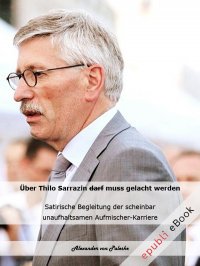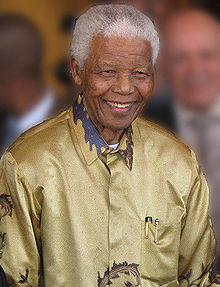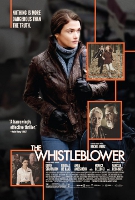CIA Helps Bin Laden’s Brother-in-Law Come to US after Being Forced Out of Philippines
He is well positioned to do this because he is the handler for Edwin Angeles, an undercover government operative who is the second in command of the militant group Abu Sayyaf. Mendoza combines “hundreds of wiretaps and countless man-hours of surveillance into a 175-page report…,” which includes a watch list of more than 100 names of Arab nationals that he believes are connected to international terrorist groups. [Ressa, 2003] His investigation has a special focus on Mohammed Jamal Khalifa, bin Laden’s brother-in-law. Mendoza later recalls, “In 1994 up to 1995, my unit [tracked] Khalifa [with] tight investigation and surveillance.”
Mendoza believes Khalifa is running a front to fund the training of fighters for the Abu Sayyaf. [CNN, 11/24/2004] According to a 1999 book by Richard Labeviere, near the conclusion of this investigation, the Philippine government expedites an order expelling Khalifa from the country. Khalifa gets a visa to the US through the US consulate in Jeddah, Saudi Arabia, with the help of the CIA. The CIA had a history of using that consulate to give US visas to radical Muslim militants dating back to the 1980s.
Khalifa travels to the US around the start of December 1994. On December 15, Mendoza’s report is secretly released, though it is not clear if or when US intelligence gets a copy. The next day, Khalifa is arrested in the US. [Labeviere, 1999, pp. 365]
sfux - 2. Mär, 15:08 Article 2444x read
















































